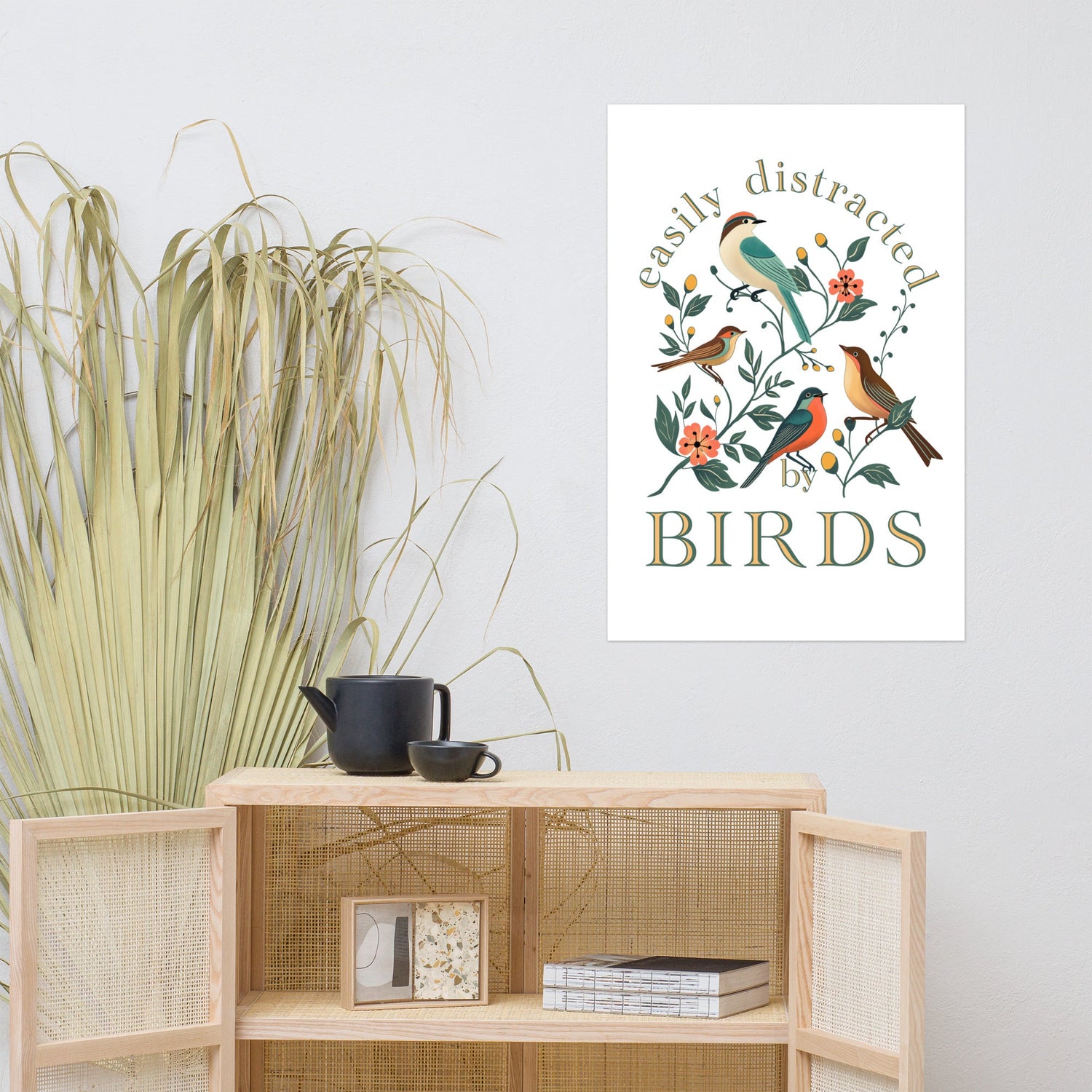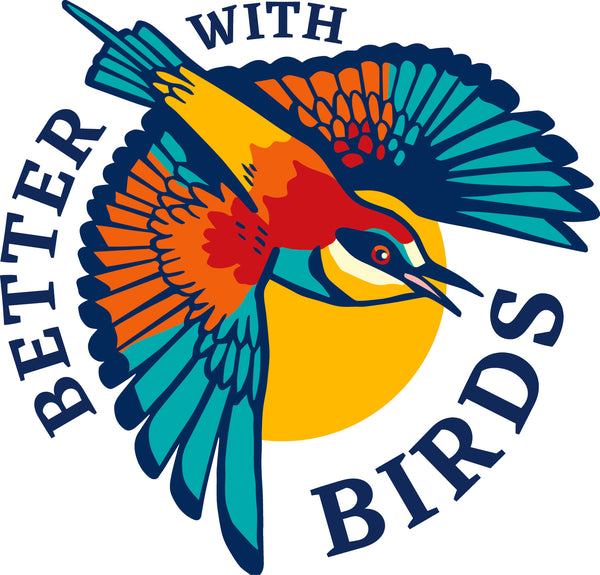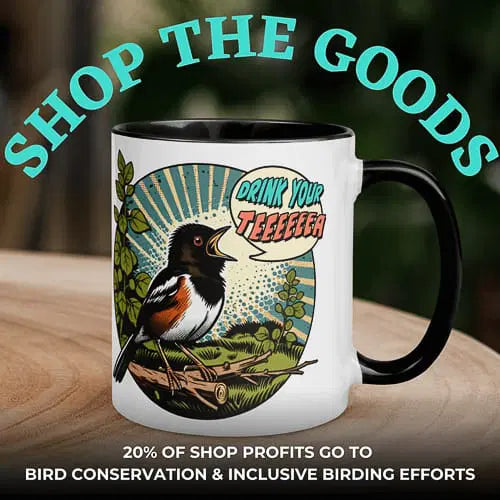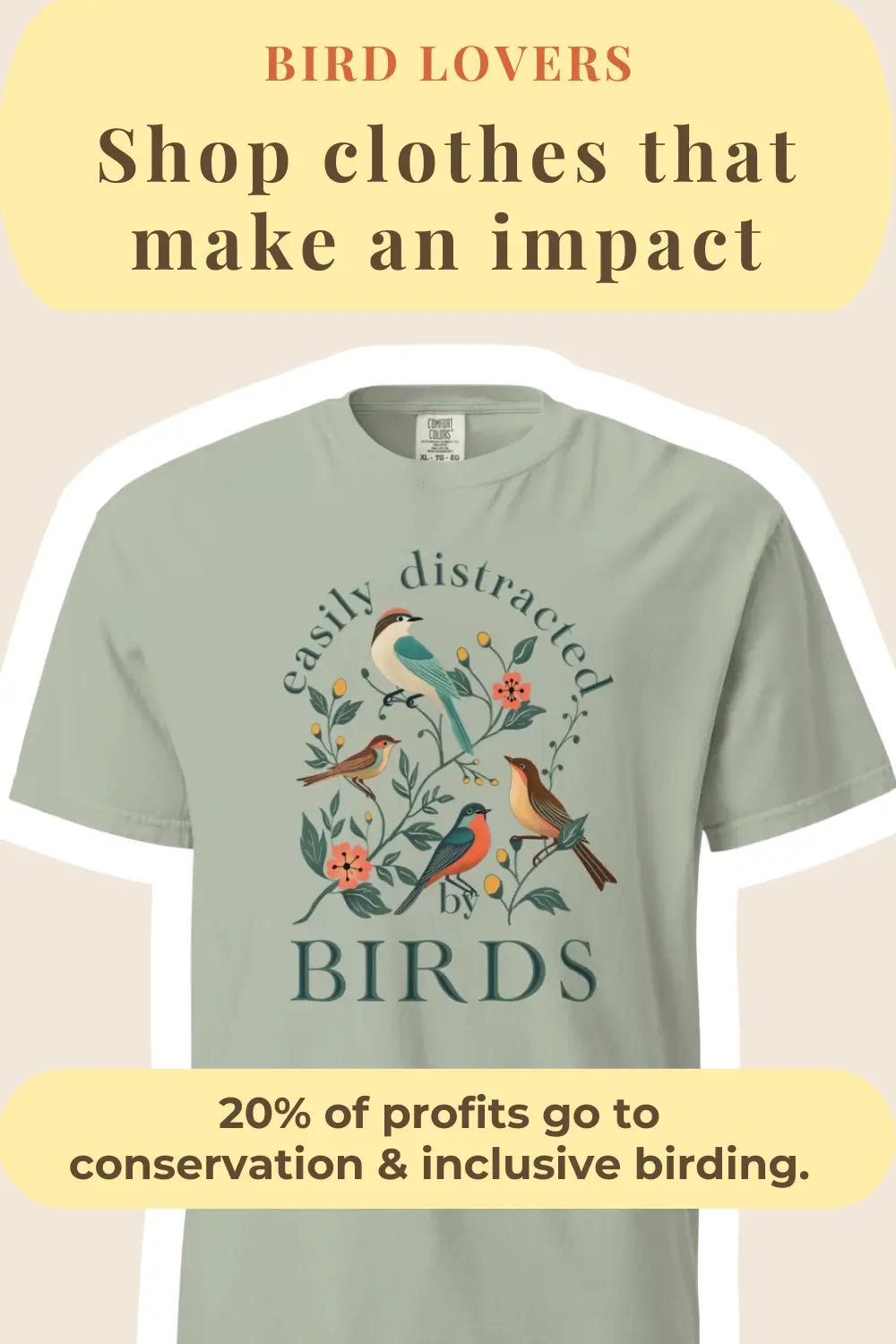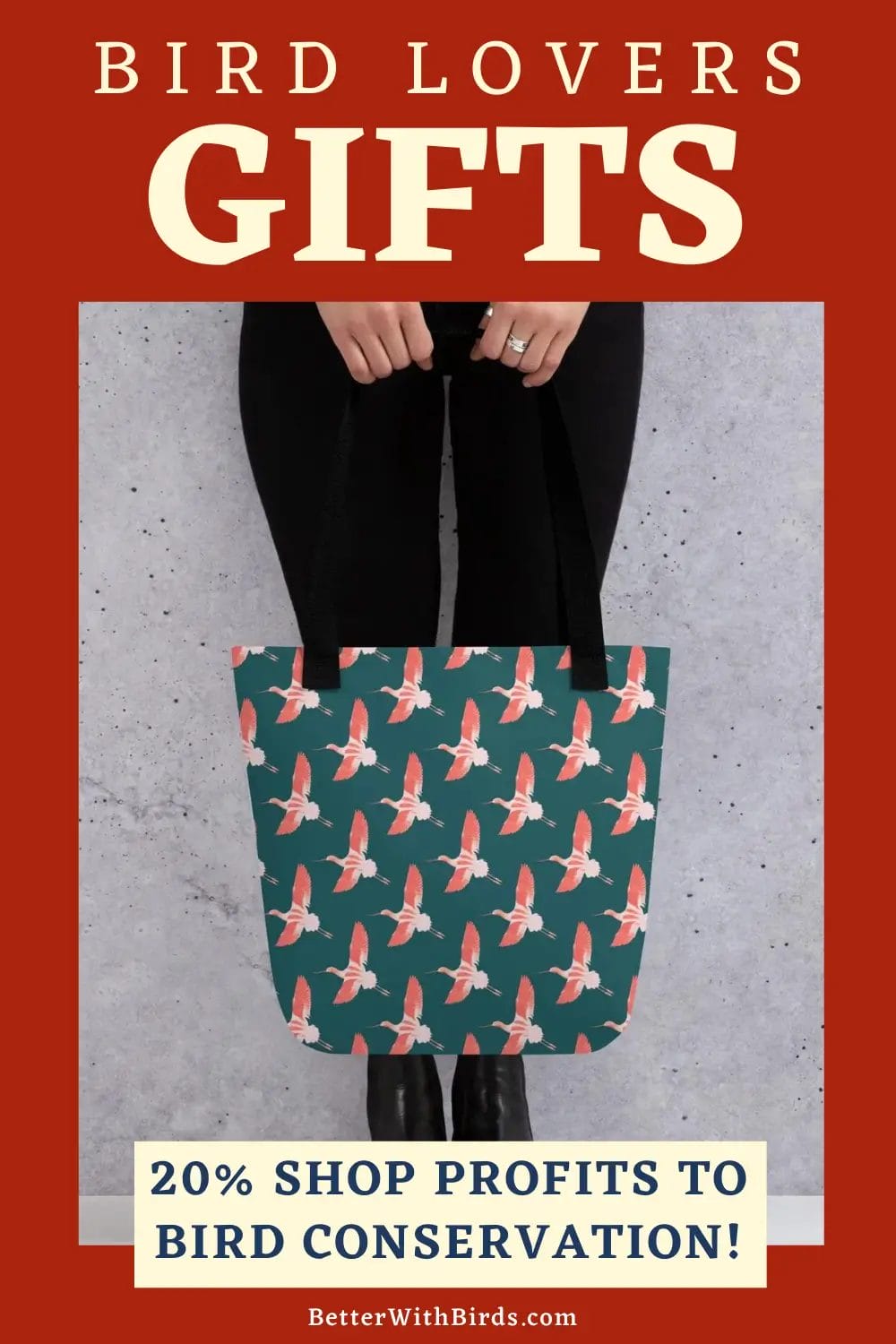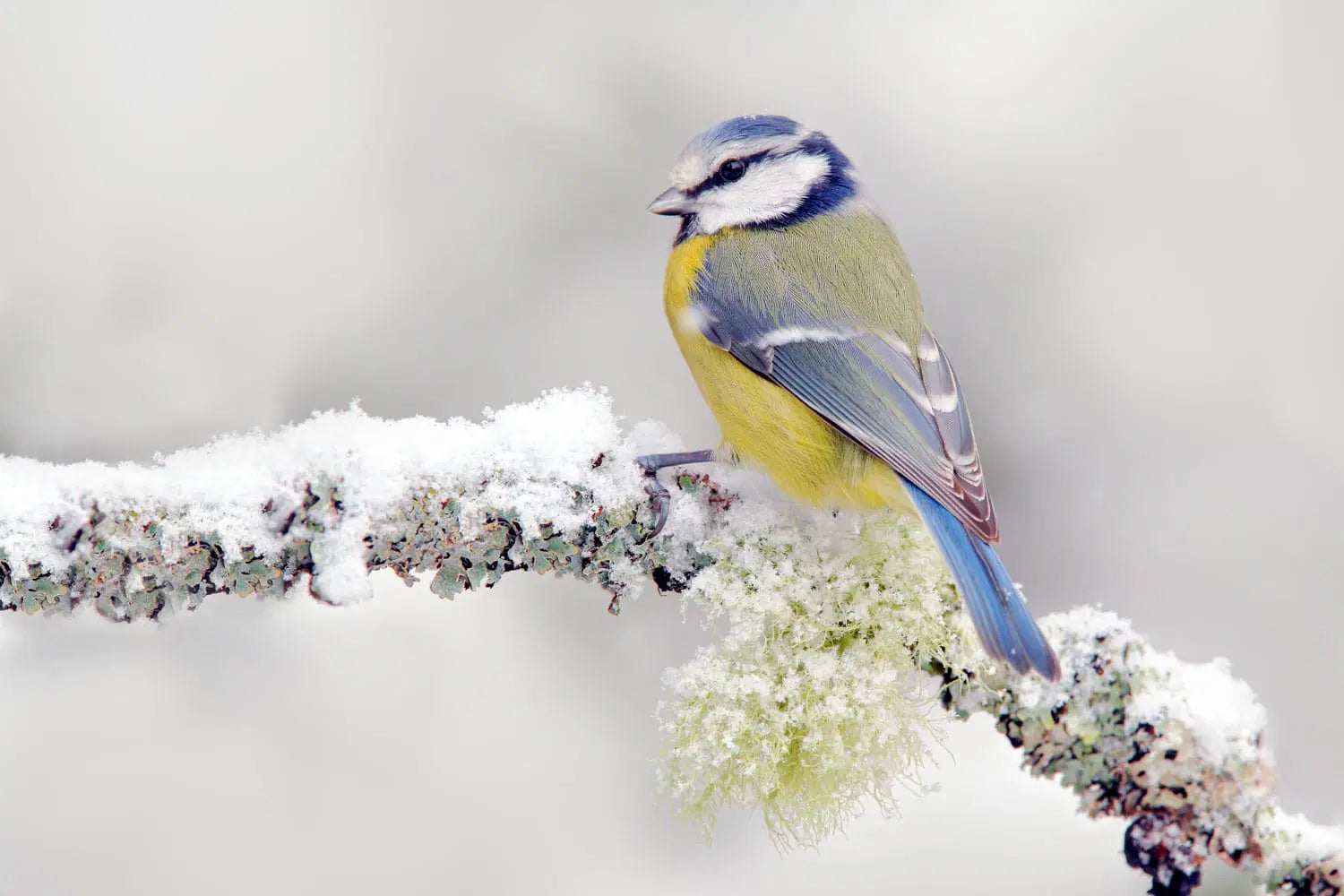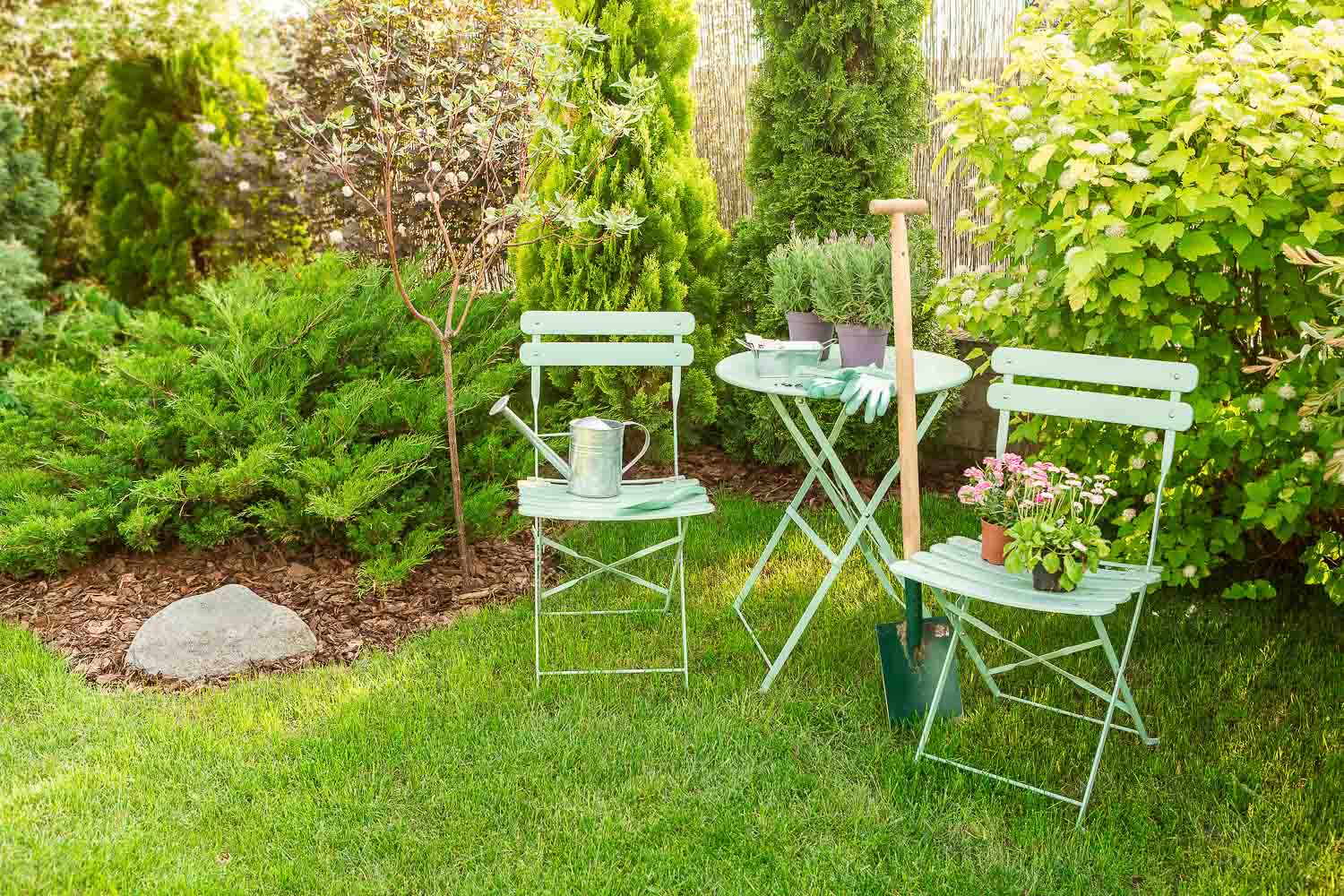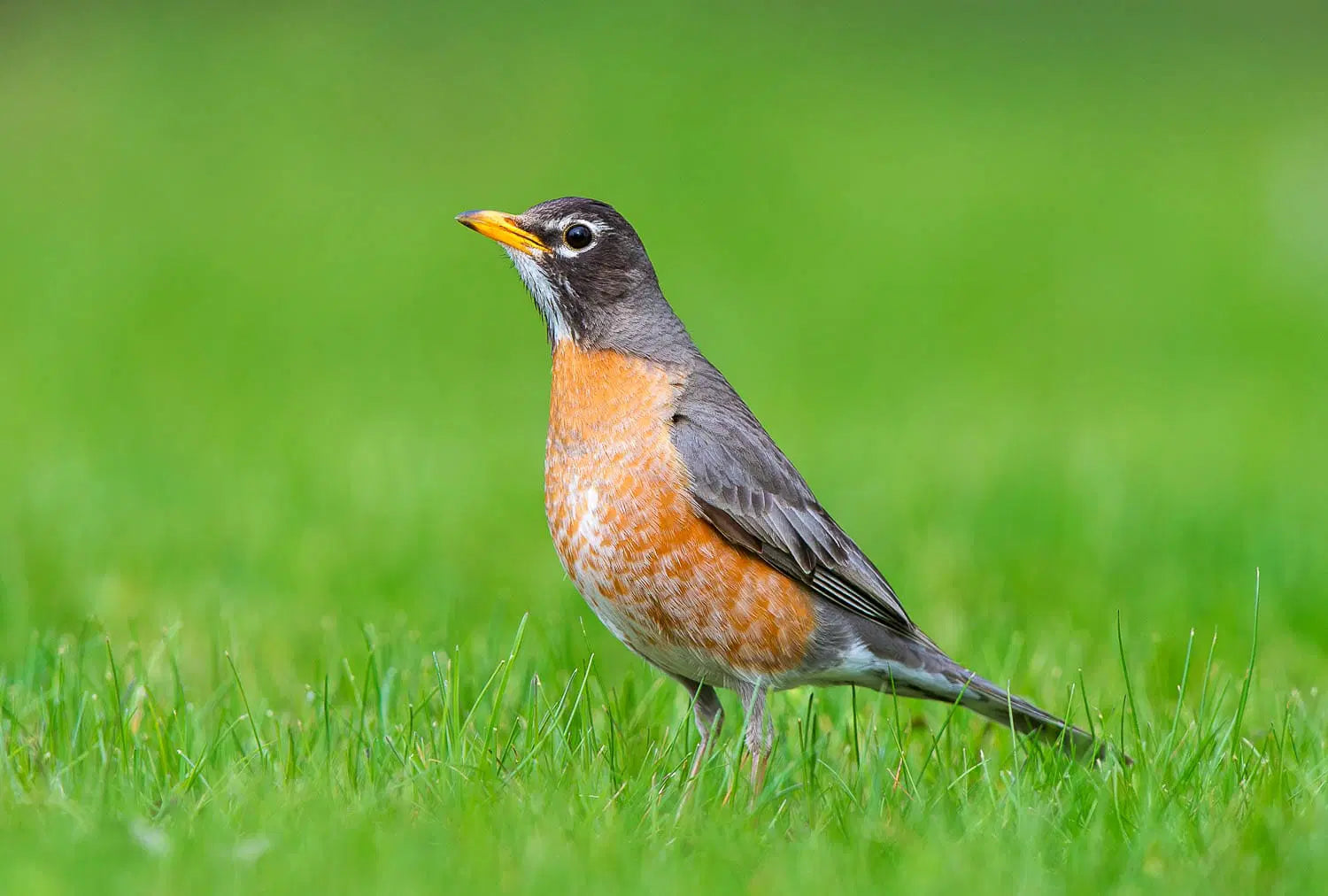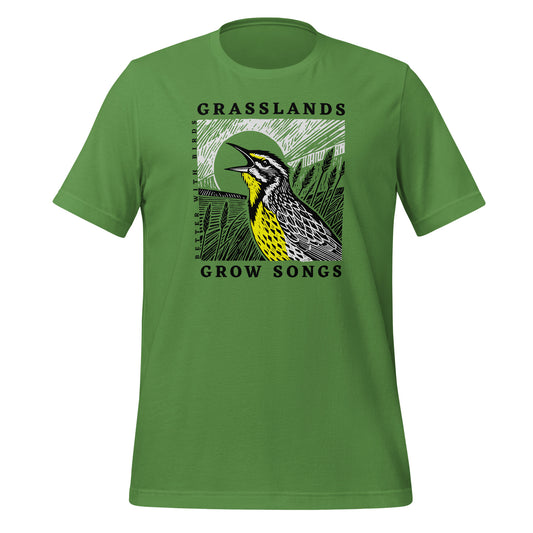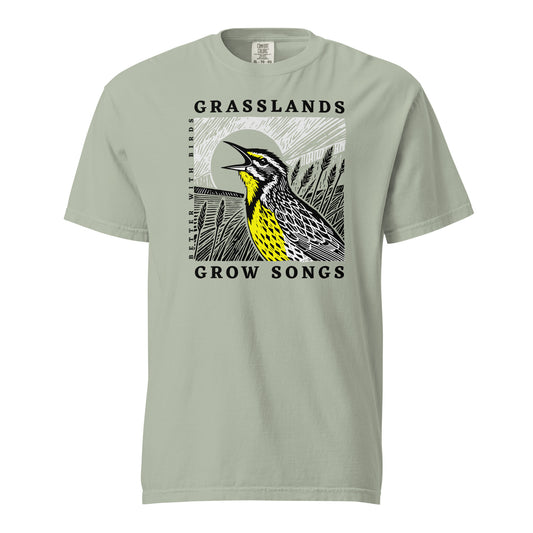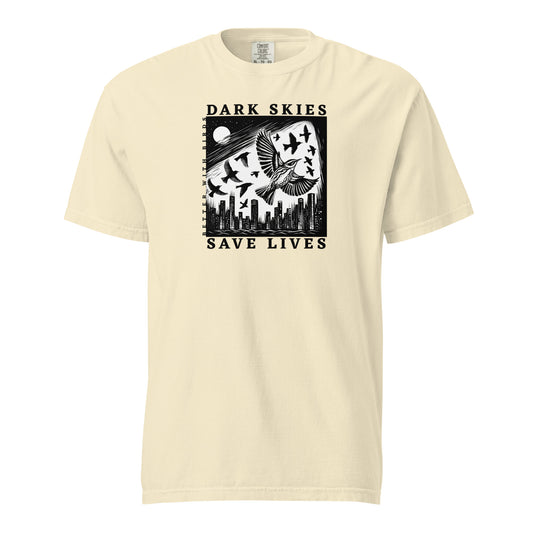How to Make Hummingbird Nectar: Recipe for Safe, Sweet Food for Hummers
Feature photo: Steve Byland /Shutterstock
Read Time: 7 minutes
Backyard Birding , Attracting Birds , Feeder & House Tips
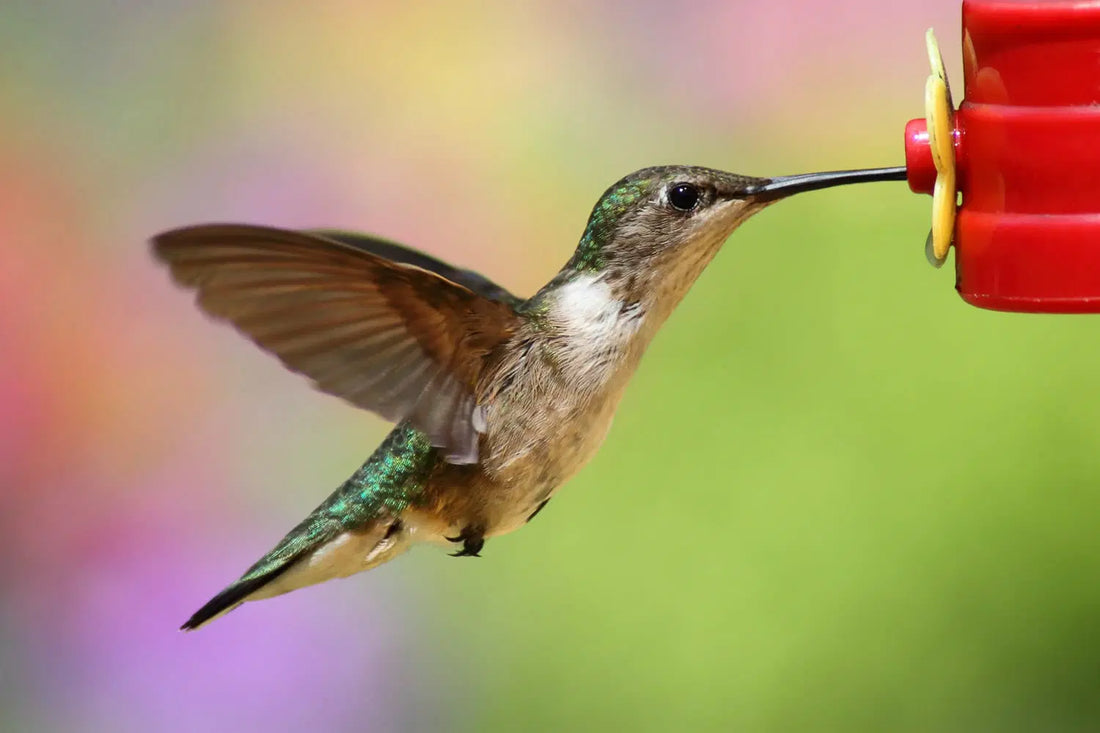
This post contains affiliate links. If you use these links to buy something, we may earn a commission at no additional cost to you. We only recommend products we fully support or use ourselves. Our full disclaimer
PIN THIS FOR LATER
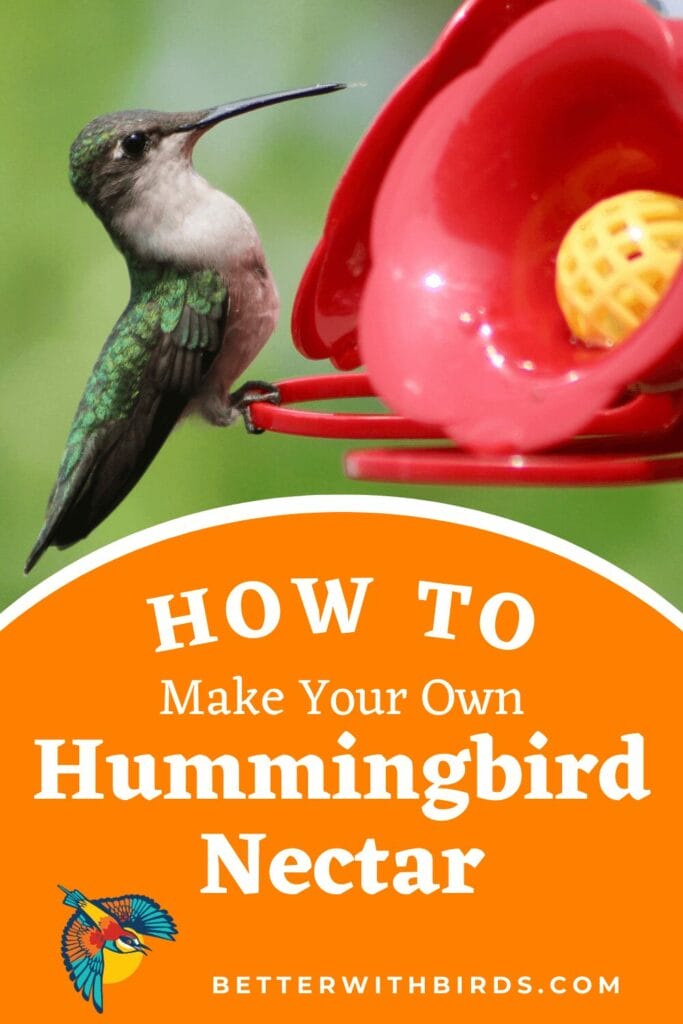
Contents
Welcome to your new favorite guide on how to make hummingbird nectar with just two simple ingredients.
This foolproof recipe + how-to tips ensures your garden is the top spot for hummingbirds to visit, sip, and stay a while.
Get ready to keep these energetic birds buzzing back for more!

Photo: Alexeysun/Shutterstock
Simple Hummingbird Nectar Recipe
Making homemade hummingbird food at home is easier than you think. With just refined white sugar and clean water, you can whip up a sweet treat that hummingbirds can’t resist. This homemade nectar mimics the natural sugars found in flower nectar, giving these tiny birds the glucose energy they need to fuel their high-octane lifestyles.
The simple and effective hummingbird food recipe is:
- 1 Part Sugar
- 4 Parts Water
- Mix, boil, and let it cool before filling your feeders
But, there’s a few things to know about your choice of ingredients. Let’s dig deeper.
Necessary Ingredients
- Refined White Sugar: Ideal because it closely matches the natural sugars in flower nectar. Regular table sugar, also known as granulated white sugar, is recommended for feeding hummingbirds.
- Clean Water: Ensures the mixture is free from contaminants.
Mixing and Cooling Process
Preparing hummingbird nectar is a breeze. Here’s how:
- Boil the Water: Bring your water to a boil to eliminate any impurities.
- Add Sugar: Stir in the sugar until it completely dissolves.
- Cool the Nectar: Allow the mixture to cool to room temperature before filling your feeders. This sugar water can be stored in the fridge for future use.
Always ensure the nectar is cool before adding it to the feeder to prevent any risk to the hummingbirds.
We give 20% of all shop profits to bird conservation & inclusive birding efforts.

Photo: ffolas/Shutterstock
Choosing the Right Sugar for Hummingbird Nectar
When making hummingbird nectar, stick with refined white sugar. This type of sugar has been tested and proven safe for birds. Its molecular structure is similar to natural flower nectar, making it easy for hummingbirds to process.
AVOID using:
- Raw Sugar
- Brown Sugar
- Powdered Sugar
- Corn Syrup
These sugars contain higher levels of iron and other substances due to molasses content, which can harm hummingbirds. They also promote the growth of harmful bacteria and fungi. Using honey can promote dangerous fungal growth.
The Dangers of Red Food Coloring in Hummingbird Nectar
Tempted to add red food coloring or red dye to your nectar? Don’t. Red dye can cause health issues like liver damage and tumors in hummingbirds. Despite what marketing might suggest, there’s a significant lack of research confirming the safety of synthetic dyes for these birds.
Instead, attract hummingbirds naturally with feeders that have red parts or by planting red tubular flowers in your garden. These are safe, effective alternatives that will draw hummingbirds without risking their health.
We give 20% of all shop profits to bird conservation & inclusive birding efforts.
Optimal Hummingbird Feeder Placement
Now that your nectar is ready, think about where to hang your bird feeder. Here are some tips:
- Visibility: Ensure the feeder is visible and catches light to attract hummingbirds.
- Height: Hang it high enough to deter cats and other animals.
- Location: Place in quiet areas to avoid larger, aggressive birds.
- Convenience: Position the feeder for easy maintenance and protection from harsh weather.
A well-placed bird feeder stands out, mimics natural feeding spots, and ensures a safe, inviting environment for hummingbirds.

Photo: Katie Dragon/Shutterstock
Timing Your Hummingbird Feeder Setup
Timing is key when setting up your hummingbird feeder:
- Spring Setup: Hang feeders about a week before hummingbirds are expected to arrive, usually late April or early May.
- Fall Removal: Take down feeders by late fall, before September, to prevent altering their natural migration behavior.
This timing ensures you’re ready to provide energy for their long migrations without disrupting their natural patterns. The timing of when to put out a hummingbird feeder depends on geographical location and migratory patterns.
Maintaining Fresh Hummingbird Nectar
Making homemade hummingbird food is easy, but keeping it fresh requires attention:
- Warm Months: Change nectar every other day.
- Cooler Months: Change nectar once a week.
Stale nectar can harbor harmful bacteria, posing health risks to hummingbirds. Regularly cleaning the feeder is also essential. Clean every other day using hot water and mild dish detergent, and for a deeper clean, use a solution of 1 part vinegar to 2 parts water.
Storing Excess Hummingbird Nectar
Have leftover nectar? No worries. Store extra sugar water in the refrigerator for up to one to two weeks. Always check stored nectar for cloudiness or mold before use. Discard immediately if you notice any signs of spoilage to keep your feathered friends safe.

Photo: Manu M Nair/Shutterstock
Using Native Plants to Attract Hummingbirds
One of the best ways to attract hummingbirds to your garden is by planting native flowers that these birds naturally love.
Native plants are adapted to your local climate and soil, making them easier to grow and maintain.
They also provide the right kind of nectar that hummingbirds need, and they often bloom at times that align perfectly with the birds’ migration patterns.
Benefits of Native Plants
- Nectar-Rich Blooms: Native plants are often rich in nectar, offering an irresistible treat for hummingbirds. The nectar from these plants closely matches the energy needs of hummingbirds, ensuring they get the right nutrients.
- Adapted to Local Conditions: Native plants are naturally adapted to thrive in your region’s soil and weather conditions. This means they require less water and care compared to non-native species, making your gardening efforts more sustainable and environmentally friendly.
- Natural Habitat: These plants also support the local ecosystem, providing food and shelter not just for hummingbirds but for other wildlife like bees and butterflies, creating a vibrant and healthy garden.
Top Native Plants for Hummingbirds
The plants you choose will depend on your area and what’s native to it, but examples for what you’re looking for include these popular choices:
- Trumpet Honeysuckle (Lonicera sempervirens): Known for its vibrant red and orange tubular flowers, this plant is a magnet for hummingbirds.
- Bee Balm (Monarda didyma): With its bright red, pink, or purple blooms, bee balm provides ample nectar and is a favorite among hummingbirds.
- Salvia (Salvia spp.): Various native salvia species offer long-lasting blooms that hummingbirds love to frequent.
- Cardinal Flower (Lobelia cardinalis): Its striking red flowers are perfectly shaped for hummingbirds’ long bills, making it a go-to plant for nectar.
- Scarlet Sage (Salvia coccinea): This hardy plant produces bright red flowers that bloom throughout the summer, ensuring a constant food supply.
Planting Tips
- Diverse Plantings: Plant a variety of species that bloom at different times to ensure a continuous nectar supply throughout the hummingbird season.
- Sunny Spots: Choose sunny spots for planting, as most native plants that attract hummingbirds thrive in full sun.
- Cluster Planting: Group the plants together. Hummingbirds are more likely to visit an area where they can find multiple nectar sources in one spot.
Find the Best Native Plants
To find the best native plants for your garden, use online databases like the Audubon Native Plant Database or consult with local nurseries and gardening centers. These resources can provide you with a comprehensive list of plants that are native to your area and known to attract hummingbirds.
By incorporating these native plants into your garden, you’ll create a natural and inviting environment that will have hummingbirds visiting regularly.
Enjoy watching these vibrant birds as they flit from flower to flower, adding life and color to your outdoor space.
